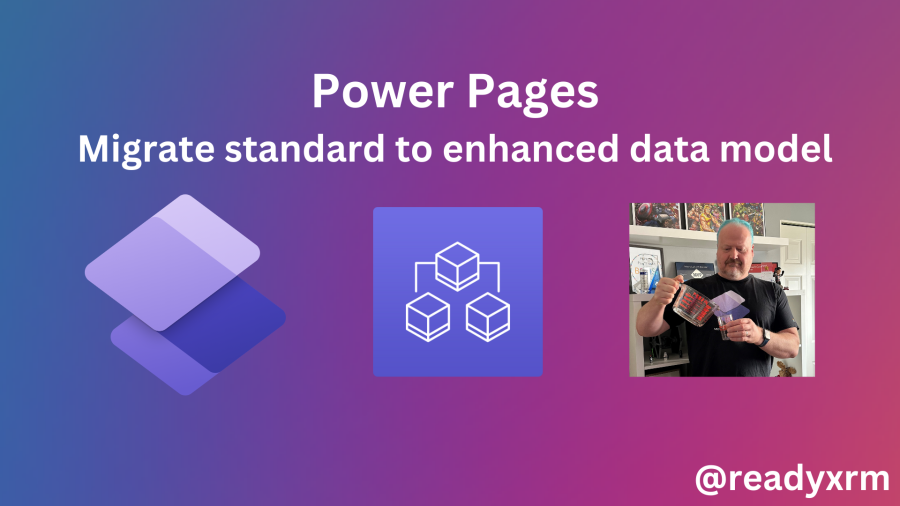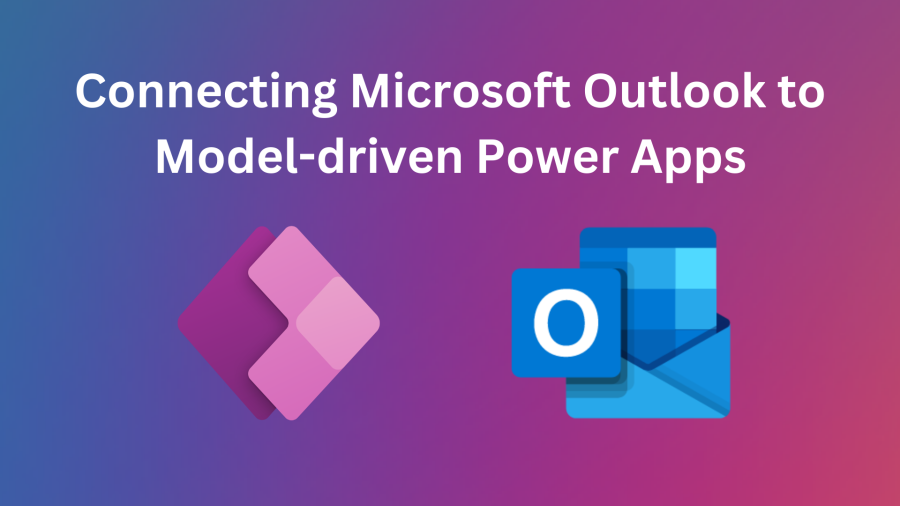The enhanced data model has now been GA for a while and I know for all my new projects, we are using by default the enhanced data model. However, there are many “legacy” portals still using the standard data. Microsoft has recently (finally) released a tool to migrate the website metadata from a standard to… Continue reading Power Pages: convert standard to enhanced data model
Tag: Power Apps
Date and time columns in Dataverse
Creating date and time columns (aka fields) in Microsoft Dataverse is a really straightforward process, however, you really should take a pause to make sure you are configuring the right *type* of date and time column. Check out the companion video for this post, where not only will you learn about date and time columns,… Continue reading Date and time columns in Dataverse
Connecting Microsoft Outlook to model-driven Power Apps
One of the great and long standing features of Dynamics 365 Customer Engagement (aka CRM) is the integration with Microsoft Outlook. Using the Dynamics 365 App for Outlook you can synchronize contacts, link meetings and appointments and track emails against records so they will show up in the timeline. What about Power Apps? Did you… Continue reading Connecting Microsoft Outlook to model-driven Power Apps
DocuSign integration with Power Pages
If you have ever needed to sign a contract, agreement, or any other legal binding document, you may have received the document via email from a service called DocuSign, where you can provide an “e-signature” instead of having the physically go somewhere to provide a “wet signature” on a document. In the TV series “The… Continue reading DocuSign integration with Power Pages
Copresence for Power Pages design studio
Have you ever been working on a website the same time as a colleague and you accidently overwrote or interfered with each other’s work? Rolling out across the tenants is the new copresence feature for the Power Pages design studio. You’ll get a similar experience as you do when working on Microsoft office documents. You… Continue reading Copresence for Power Pages design studio
Build custom HTML forms in Power Pages: Part 2
Last time I showed an example of creating a custom HTML form with the Power Pages WebAPI to create new records in Microsoft Dataverse. This demonstrated a different method of using a fully-customizable HTML form rather than a form component based on a form form a model-driven app. See Build custom HTML forms in Power Pages:… Continue reading Build custom HTML forms in Power Pages: Part 2
Use Web Templates as components
While Power Pages provides a variety of components to display data from Dataverse using lists, forms, and even from embedded Power BI reports. There are times when you would want to expand these further and build custom layouts. This is where you can build custom web templates to achieve your unique requirements. Using web templates… Continue reading Use Web Templates as components
Use Dataverse virtual tables in Power Pages sites
A common question I have gotten over the years is if it is possible to build a Power Pages that can surface and interact with data that is stored in a different database than Microsoft Dataverse, such as Azure SQL or other databases. Using a different database for Power Pages was not only difficult, but… Continue reading Use Dataverse virtual tables in Power Pages sites
Using Content Snippets in Power Pages
One feature of Power Pages that doesn’t get a lot of attention is Content Snippets. What is a content snippet? Its really just a piece of text or HTML that you can inject into headers, footers, page copy, or in web templates. You can even include Liquid or JavaScript code in content snippets. A couple… Continue reading Using Content Snippets in Power Pages
Using calculated columns in Power Pages
Form and list components in Power Pages are based on model-driven Power App forms and views, which of course are connected natively to Microsoft Dataverse. While it’s very easy to create tables, columns (fields), forms, and views in the Power Pages data workspace, for new (and even established) makers, understanding how the overall data model… Continue reading Using calculated columns in Power Pages










